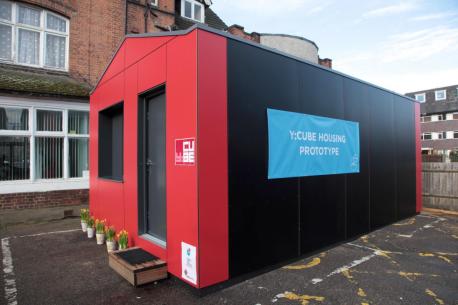
Sound familiar? This is the United Kingdom, similar situation in some respects as the U. S. Martin Green, director, Cocoon Project Limited, writes that parts of the country needs new housing as a means to keep the housing market from overheating. In the U. S. home prices are rising quicker than income, which puts a damper on a recovering housing market.
He says modular housing could put a dent in the problem, noting a fullly equipped two-bedroom home that meets space and energy saving requirements would cost £30,000, a little over $43,000 at today’s rate. Modular housing is known to Brits—they were built after the war, following the Blitzkreig of London that destroyed thousands of residences.
Saying that modular housing has a lifespan of 30 years, and can withstand five moves, Green added a major benefit is the ability to make homes that have small carbon footprints, low energy fittings, solar panels, etc.
The major downsides: lenders are unfamiliar with this product and may be reluctant to offer long-term financing; land has to be reasonable; and regulators and inspectors also have minimal experience with modular construction.
He said, “The simple truth is that families need housing now, most would rejoice in a modern, affordable modular housing unit.” ##
(Photo credit:yourlocalguardian.co.uk/Becky Middleton–YCube London modular)


























